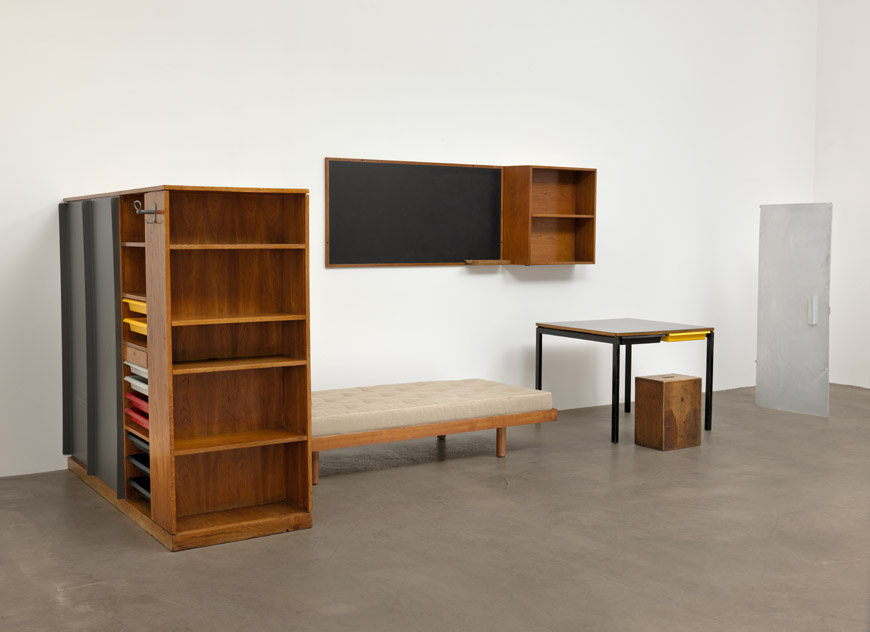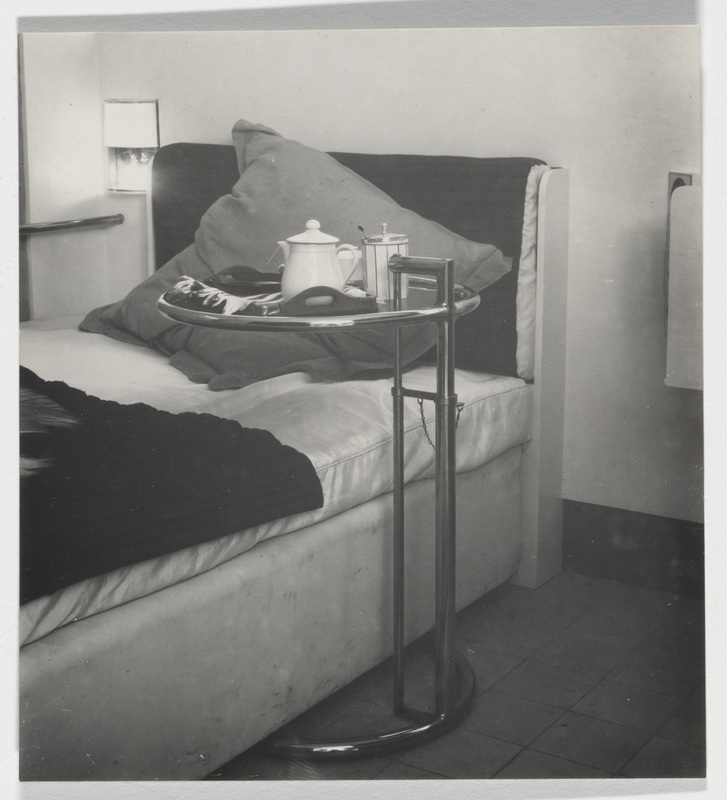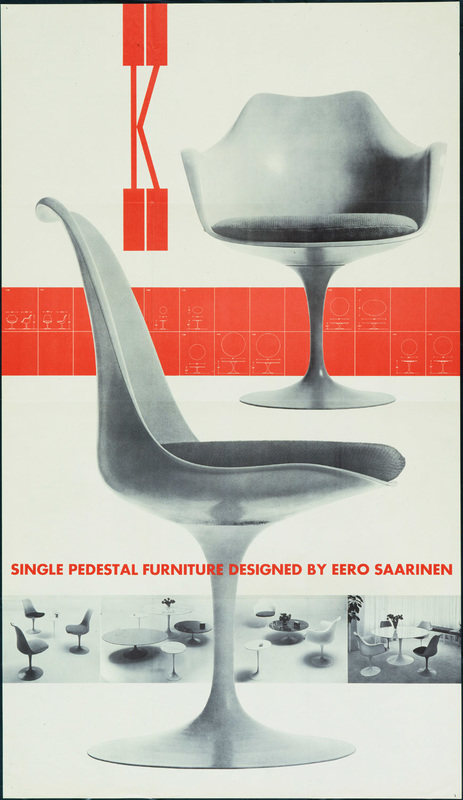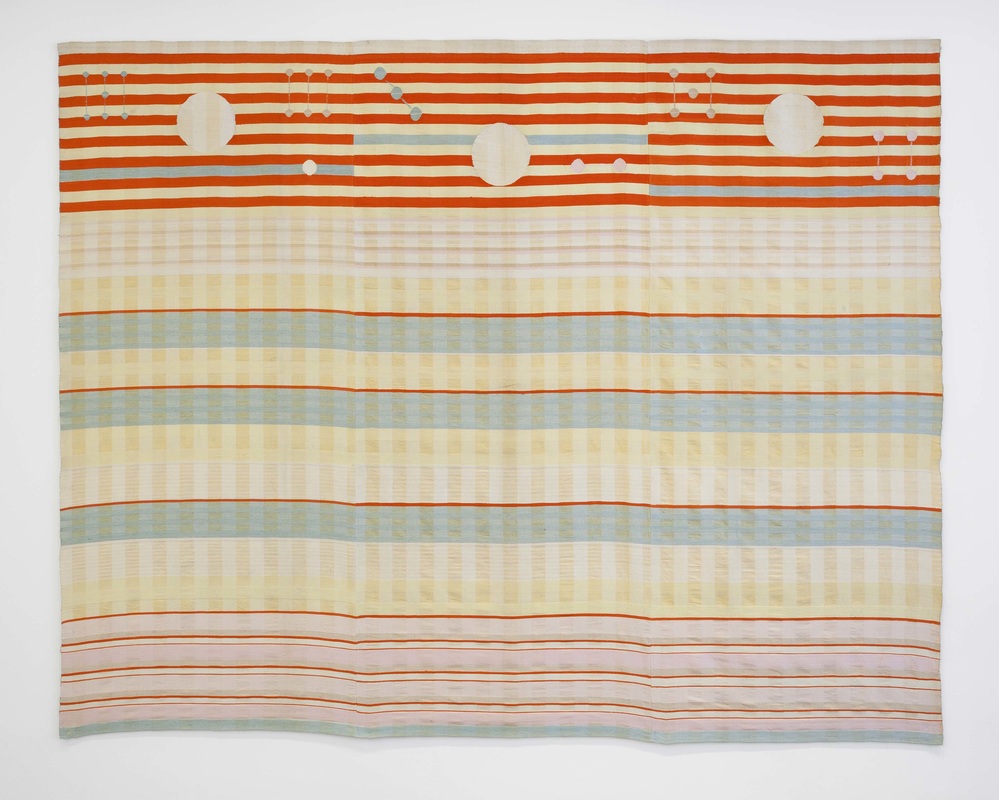Another victory to MoMA’s design curator Julie Kinchen with her new exhibition “How Should We Live? Propositions for the Modern Interior,” opens this weekend on the third floor of the Museum. The title, borrowed from the iconic poster of the 1927 Werkbund exhibition in Stuttgart which also opens the show (below), comes to suggest the complexity of the modernist interior. Spanned from the 20s through the late 50s, the excellent choice of iconic and private interiors, and their presentation using the collection of MoMA, including furniture, film, textiles, art, and photography, the show contextualizes the modern interior in the most comprehensive way. The show tells the story of the interior and of those created it, demonstrating that the modernist home had been so much more than the physical space it represented, while touching on aesthetic, social, technological, and political issues, and a source for conflicts and debates. We also learn that it was women who took a crucial role in developing the mythology of the modernist interior: Eileen Gray’s E-1027 (1929); Charlotte Perriand’s study bedroom from the Maison du Brésil (1959); Lilly Reich’s (with Mies van der Rohe) Philip Johnson’s apartment in Manhattan; Grete Lihotzky’s famed Frankfurt Kitchen (1926–27); and collaborative work of Aino and Alvar Aalto; Ray and Charles Eames; Florence Knoll and Herbert Matter. The exhibition offers a fascinating and rare insight into the modern interior. Above: Charlotte Perriand’s dormitory furnishings from the Maison du Brésil, Paris. 1959. Wood, tubular steel, plastic, formica, fabric, and aluminum, dimensions variable. The Museum of Modern Art, New York. Gift of Jo Carole and Ronald S. Lauder

Eileen Gray. Chairs for the Villa Tempe a Pailla. c.1935. Nickel-plated tubular steel and leather, 28 3/4 × 21 3/4 × 16 1/2″ (73 × 55.2 × 41.9 cm). The Museum of Modern Art, New York. Gift of Jo Carole and Ronald S. Lauder, Alice and Tom Tisch, Sid Bass, USM Foundation, and Committee of Architecture and Design Fund
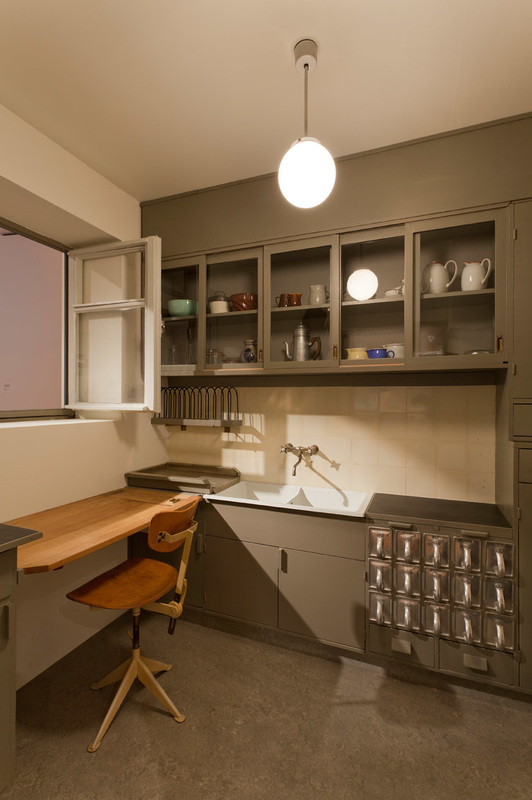
Grete Lihotzky. Frankfurt Kitchen from the Ginnheim-Höhenblick Housing Estate, Frankfurt am Main, Germany. 1926-1927. Various materials, 8’9″ x 12’10” x 6’10” (266.7 x 391.2 x 208.3 cm). The Museum of Modern Art, New York. Gift of Joan R. Brewster in memory of her Husband George W.W. Brewster, by exchange and the Architecture & Design Purchase Fund

